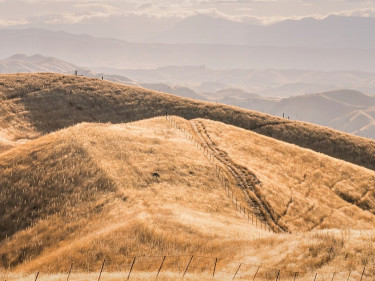Everyone has a responsibility to keep their community safe from fire.
That means being fire safe and teaching your friends and family to be fire safe too.
Discuss fire safety with neighbours
It's a good idea to discuss fire safety with your neighbours and to share contact details so you can act if there's an emergency.
They will call 111 and notify Fire and Emergency New Zealand if they spot a fire on your property, and vice versa.
Discuss fire safety with visitors
Discuss fire safety with anyone visiting your property. Outline your escape plan and make sure they understand what to do in an emergency.
Whether you have a small urban home or a large private forest, it's important you do your part to keep people safe.
Urban-rural interface
Properties (residential, industrial or agricultural) that are next to vegetation, whether it's forest, scrubland, or in a rural setting, are considered to be on the 'urban-rural interface'.
If you live or own property on the urban–rural interface, you have a responsibility to manage the risk of fire on your property, and of fire spreading beyond your property.
These pages will help you ensure you are meeting that responsibility:















